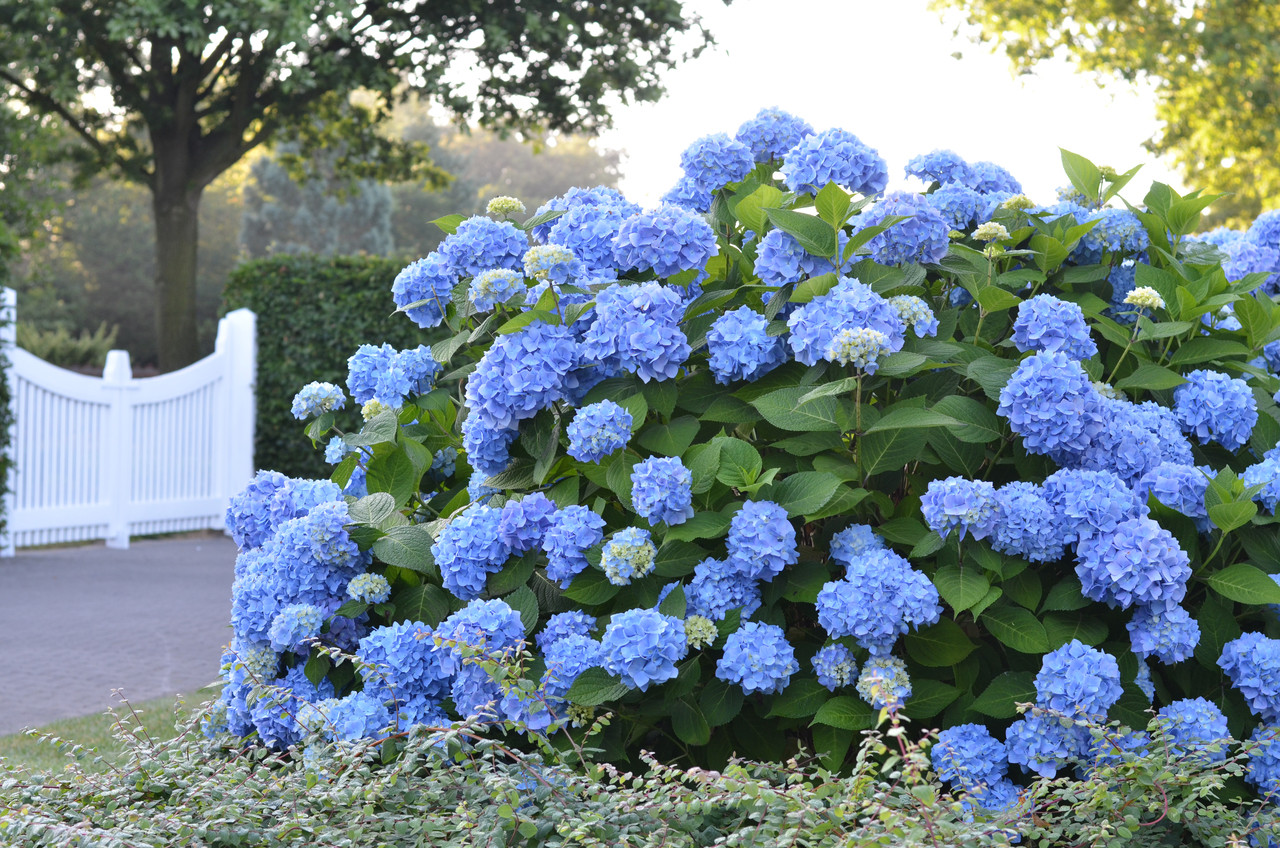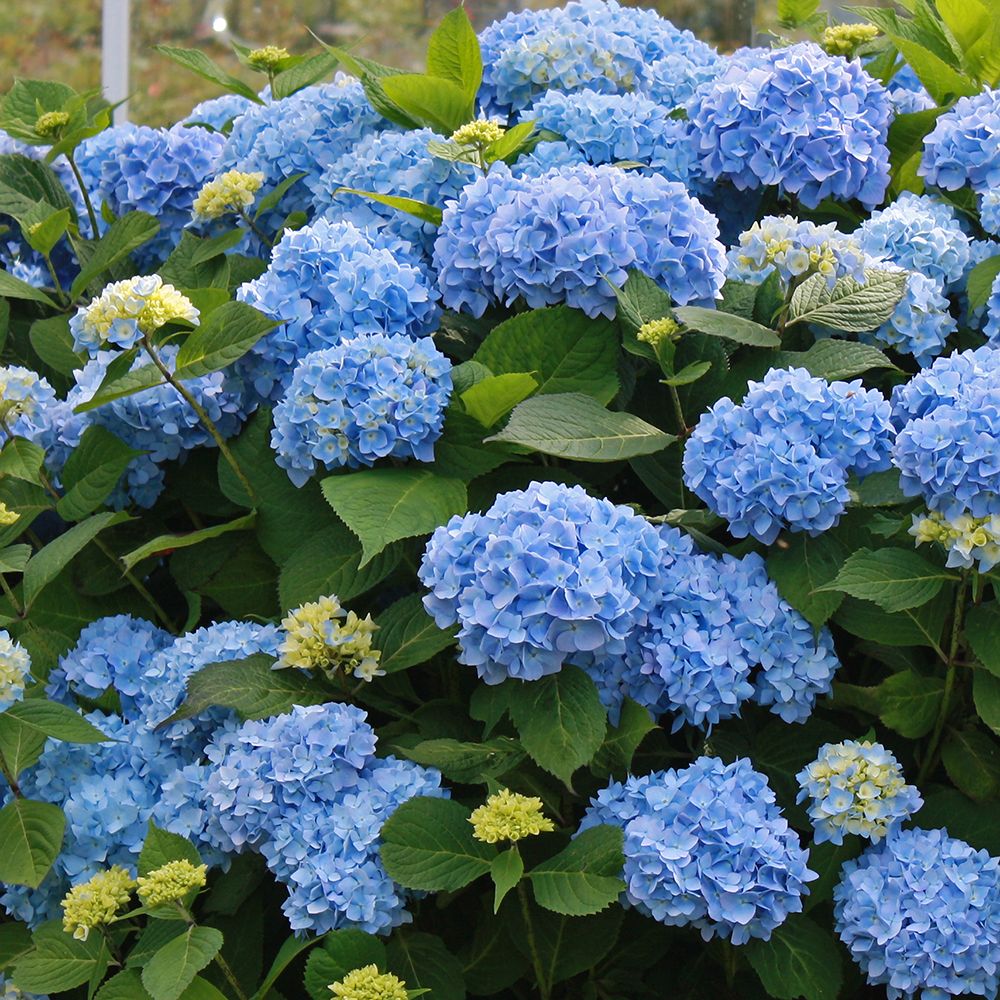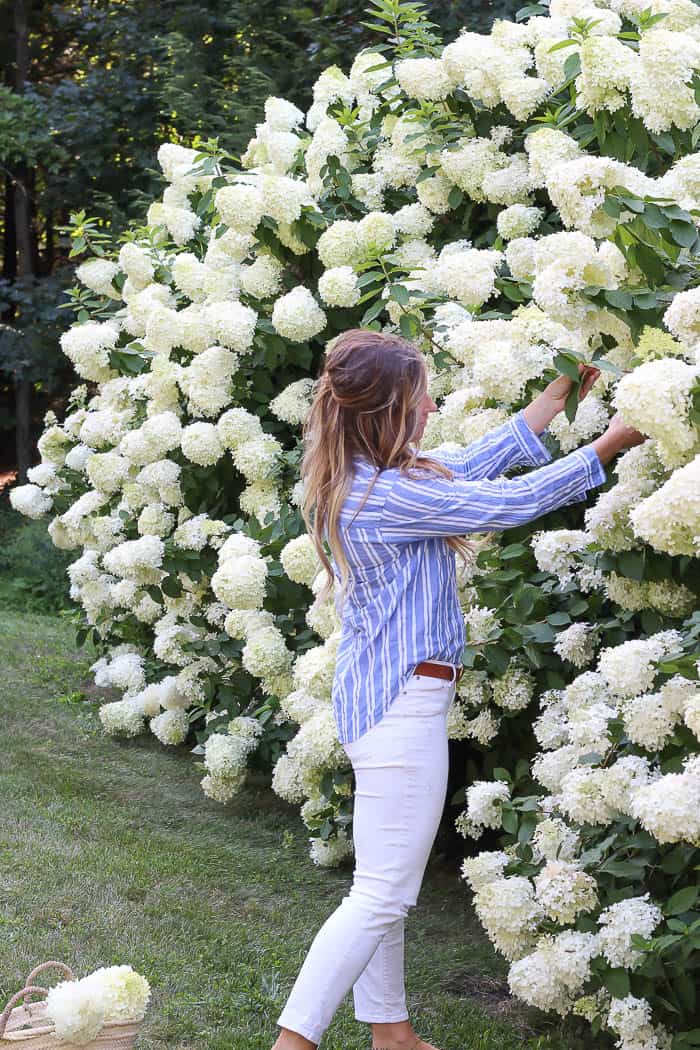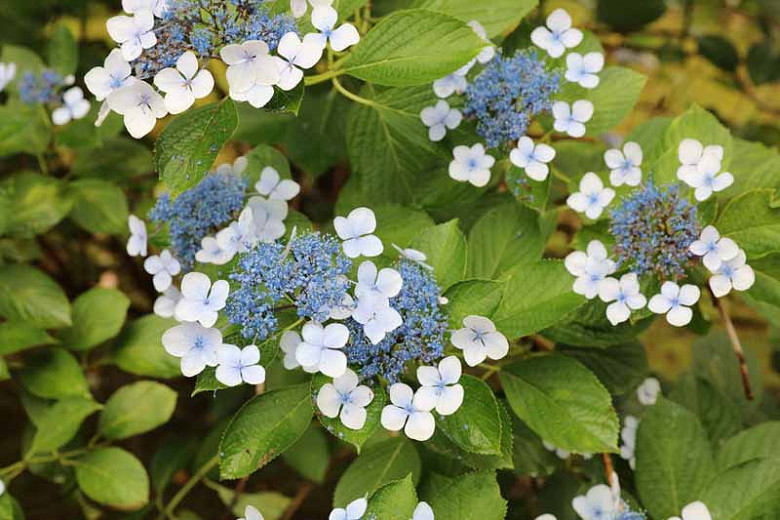Add A Splash Of Color To Your Garden With Blue Hydrangea Plants
Blue Hydrangea Plants: A Beautiful Addition to Any Garden
Hydrangeas are a popular choice for gardeners because they are easy to care for and come in a variety of colors. One of the most popular types of hydrangeas is the blue hydrangea. Blue hydrangeas are known for their beautiful, large blooms that can add a splash of color to any garden.
In this blog post, we will discuss the different types of blue hydrangeas, how to plant and care for them, and how to change the color of your hydrangeas from pink to blue.
Types of Blue Hydrangeas
There are many different types of blue hydrangeas, each with its own unique characteristics. Some of the most popular types of blue hydrangeas include:
- Nikko Blue: This hydrangea is known for its large, blue blooms. It is a hardy plant that can tolerate a variety of conditions.
- Endless Summer: This hydrangea is a reblooming variety, which means that it will bloom multiple times throughout the summer. It is a popular choice for gardeners who want to enjoy their hydrangeas for as long as possible.

- French Lace: This hydrangea is known for its delicate, lace-like blooms. It is a beautiful addition to any garden, but it is not as hardy as some other types of blue hydrangeas.

- Bluebird: This hydrangea is a newer variety that is known for its bright, blue blooms. It is a hardy plant that can tolerate a variety of conditions.

How to Plant and Care for Blue Hydrangeas
Blue hydrangeas are relatively easy to plant and care for. They prefer full sun or partial shade and moist, well-drained soil. They should be fertilized in the spring and fall with a balanced fertilizer.
To change the color of your hydrangeas from pink to blue, you can add aluminum sulfate to the soil. Aluminum sulfate lowers the pH of the soil, which makes it more acidic. This causes the hydrangeas to produce blue blooms.
How to Change the Color of Your Hydrangeas
The color of hydrangea blooms is determined by the pH of the soil. In acidic soil, hydrangeas will bloom blue. In alkaline soil, hydrangeas will bloom pink.
To change the color of your hydrangeas, you can add aluminum sulfate to the soil. Aluminum sulfate lowers the pH of the soil, which causes the hydrangeas to produce blue blooms.
To add aluminum sulfate to your soil, mix 1 tablespoon of aluminum sulfate with 1 gallon of water. Pour the solution around the base of your hydrangea plant. Repeat this process every few months until the hydrangeas have turned blue.
Conclusion
Blue hydrangeas are a beautiful addition to any garden. They are easy to care for and can be grown in a variety of conditions. If you are looking for a way to add a splash of color to your garden, consider planting some blue hydrangeas.
Are you looking for a beautiful and easy-to-grow plant to add to your garden? If so, you should consider blue hydrangeas! These stunning plants are known for their large, fluffy blooms that can range in color from light blue to deep purple. They are also relatively low-maintenance, making them a great choice for busy gardeners.
If you're interested in learning more about blue hydrangeas, I recommend visiting . This website has a wide variety of information about blue hydrangeas, including plant profiles, care tips, and even a plant finder tool that can help you find the perfect blue hydrangea for your garden.
In addition to its informative content, also offers a great selection of blue hydrangea plants for sale. Whether you're looking for a small potted plant or a large specimen for your yard, you're sure to find the perfect blue hydrangea at .
So what are you waiting for? Visit today to learn more about blue hydrangeas and to start shopping for your new plants!
FAQ of blue hydrangea plants for sale
FAQs about Blue Hydrangea Plants for Sale
1. What are the most important factors to consider when choosing blue hydrangea plants for sale?
There are a few important factors to consider when choosing blue hydrangea plants for sale, including:
- Hardiness zone: Blue hydrangeas are hardy in USDA zones 5-9, so it's important to choose a plant that is hardy in your climate.
- Size: Blue hydrangeas can grow to be quite large, so it's important to choose a plant that is the right size for your garden.
- Bloom time: Blue hydrangeas bloom in the summer, so it's important to choose a plant that will bloom during the time of year that you want it to bloom.
- Color: Blue hydrangeas can be a variety of colors, so it's important to choose a plant that has the color that you want.
- Care requirements: Blue hydrangeas are relatively easy to care for, but it's important to choose a plant that has the same care requirements as your other plants.
2. How do I get my blue hydrangea plants to bloom blue?
The color of blue hydrangea flowers is determined by the acidity of the soil. In acidic soil, the flowers will be blue. In alkaline soil, the flowers will be pink or red. To get your blue hydrangea plants to bloom blue, you can add aluminum sulfate to the soil.
3. Where can I buy blue hydrangea plants for sale?
You can buy blue hydrangea plants for sale at many garden centers, online retailers, and even some big-box stores. When buying blue hydrangea plants, it's important to choose a reputable source to ensure that you are getting healthy plants.
4. How do I care for blue hydrangea plants?
Blue hydrangea plants are relatively easy to care for. They need full sun to partial shade and well-drained soil. They should be watered regularly, especially during the summer months. In the fall, you can add a layer of mulch around the plants to help protect them from the cold.
5. What are some common pests and diseases that affect blue hydrangea plants?
Blue hydrangea plants are susceptible to a few pests and diseases, including:
- Aphids: Aphids are small, sap-sucking insects that can cause leaves to wilt and curl.
- Scale: Scale insects are small, hard-shelled insects that can suck the sap from leaves and stems.
- Leaf spot: Leaf spot is a fungal disease that can cause leaves to develop brown or black spots.
- Rust: Rust is a fungal disease that can cause leaves to develop orange or brown spots.
Image of blue hydrangea plants for sale
5 different images of blue hydrangea plants for sale from Pinterest:
- Blue Annabelle Hydrangea: This is a large, spreading shrub that blooms in late spring to early summer. The flowers are a deep blue color and they can grow up to 12 inches in diameter.
- Mophead Hydrangea: This is a popular type of hydrangea that is known for its large, round blooms. The flowers can be blue, pink, or white, and they typically bloom in late summer.

- Limelight Hydrangea: This is a newer variety of hydrangea that is known for its bright blue flowers. The flowers are smaller than those of the Mophead Hydrangea, but they are more compact and they bloom for a longer period of time.

- Bluebird Hydrangea: This is a dwarf variety of hydrangea that is perfect for small gardens. The flowers are a deep blue color and they bloom in late summer.

- Endless Summer Hydrangea: This is a unique type of hydrangea that can change color depending on the pH of the soil. In acidic soil, the flowers will be blue, while in alkaline soil, the flowers will be pink.


Post a Comment for "Add A Splash Of Color To Your Garden With Blue Hydrangea Plants"